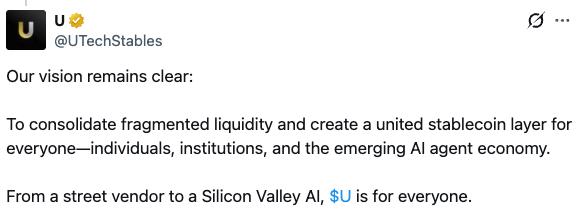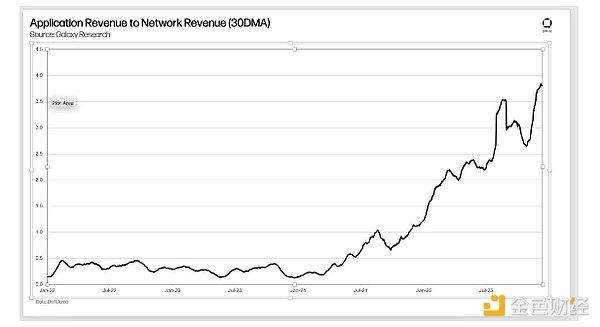On April 3rd, CICC released an analysis stating that Trump announced "reciprocal tariffs" on April 2nd, which exceeded market expectations. The reciprocal tariffs adopted a combined approach of "carpet-style" tariffs and "one country, one tax rate", covering over 60 major economies.
Calculations show that if these tariffs are fully implemented, the United States' effective tariff rate may dramatically increase by 22.7 percentage points from 2.4% in 2024 to 25.1%, which would exceed the tariff level after the implementation of the Smoot-Hawley Tariff Act in 1930.
CICC believes that reciprocal tariffs may increase uncertainty and market concerns, and exacerbate the risk of "stagflation" in the US economy. Calculations indicate that tariffs could push up US PCE inflation by 1.9 percentage points, reduce real GDP growth by 1.3 percentage points, although they might also bring in over $700 billion in fiscal revenue. Facing the risk of "stagflation", the Federal Reserve can only wait and see, and may find it difficult to cut interest rates in the short term. This will further increase the risk of economic downturn and add pressure for market downward adjustment. (Jinshi)








